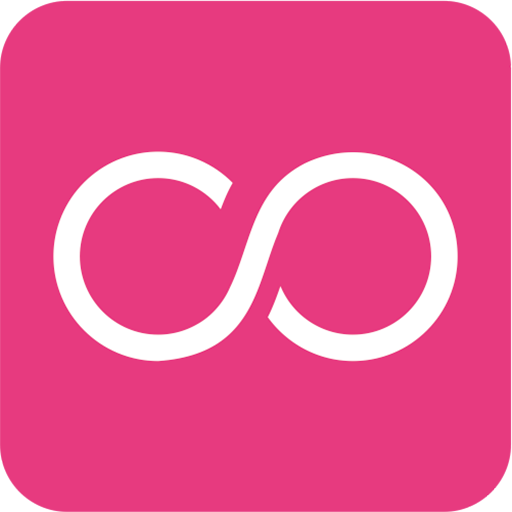Digital transformation has swept through every business function, and human resources is no exception. With technology playing an increasingly critical role in managing talent, companies are turning to human capital management systems to streamline operations, improve compliance, and enhance strategic decision-making. However, as organizations explore these solutions, they often encounter three commonly used—and often confused—terms: HRIS, HRMS, and HCM. Understanding the differences among these systems is essential in choosing the right tool for your business’s needs.
Defining the Three Systems
Though they are often used interchangeably, each acronym has a slightly different scope and purpose. Here’s a clear breakdown:
- HRIS – Human Resource Information System
- HRMS – Human Resource Management System
- HCM – Human Capital Management
Each of these platforms provides tools to support human resources functions, yet they vary in features and focus. Let’s explore each in greater detail.
What Is an HRIS?
An HRIS (Human Resource Information System) is the most basic of the three systems. It primarily focuses on managing employee data and core HR tasks. HRIS solutions are designed to serve as a central repository for employee records and offer essential functionalities such as:
- Employee demographics
- Job and salary history
- Benefits administration
- Time-off tracking
- Regulatory compliance reporting
In its essence, an HRIS acts as a database that keeps all employee information organized in one place. It’s ideal for small to mid-sized businesses looking to move away from spreadsheets and paper-based systems.
What Is an HRMS?
The HRMS (Human Resource Management System) includes all the features of an HRIS but goes a step further by offering more robust tools like payroll processing and employee self-service portals. In other words, an HRMS incorporates both information management and process automation. Common features include:
- Everything included in an HRIS
- Payroll and compensation management
- Recruitment and applicant tracking (ATS)
- Performance management
- Employee onboarding workflows
- Learning and development modules
HRMS solutions are typically suited for mid-sized to large organizations that want to automate multiple HR functions within a single integrated system. These systems improve accuracy and reduce manual tasks, freeing HR professionals to focus on more strategic initiatives.
What Is HCM?
HCM (Human Capital Management) is a broader, more strategic approach. It not only encompasses all the functionality found in HRIS and HRMS solutions but also adds a forward-thinking, people-first focus designed to maximize workforce potential. HCM solutions typically include:
- Workforce planning and analytics
- Talent management and succession planning
- Strategic workforce forecasting
- Diversity, equity, and inclusion (DEI) tracking
- Advanced learning and career path development
- Global HR compliance features
Organizations that adopt a modern HCM platform often do so to support business agility and align HR strategy with overall corporate goals. These systems are intended not just for HR departments, but also for executives and managers who need insight into workforce trends and performance metrics.
Key Differences at a Glance
| Feature | HRIS | HRMS | HCM |
|---|---|---|---|
| Core HR Data Management | ✔️ | ✔️ | ✔️ |
| Payroll Management | ❌ | ✔️ | ✔️ |
| Recruitment & ATS | ❌ | ✔️ | ✔️ |
| Performance & Learning | ❌ | ✔️ | ✔️ |
| Workforce Analytics | ❌ | ❌ | ✔️ |
| Strategic Planning Tools | ❌ | ❌ | ✔️ |
How to Choose the Right System
Determining which solution is right for your organization depends on both your current needs and long-term goals. Below are some critical factors to consider:
1. Company Size and Complexity
If you’re a small organization with under 100 employees, an HRIS may offer everything you need to centralize employee data and stay compliant. As your organization grows, complexity increases—so you may eventually outgrow a limited HRIS.
2. Scope of HR Activities
Do you need to manage payroll, track applicant pipelines, or orchestrate training programs? If so, an HRMS can offer the flexibility to handle these processes in one platform.
3. Strategic Planning Requirements
Organizations with a strong focus on long-term human resource strategy—career progression, workforce optimization, and leadership development—will find HCM systems invaluable. These systems can enable better planning, analytics, and business alignment.
4. Integration and Scalability
Your chosen system should integrate with tools like accounting software, CRM platforms, and productivity suites. If you’re planning significant growth or operate in multiple countries, scalability and globalization features—found more readily in HCM platforms—are essential.
Conclusion: Which Do You Need?
In today’s complex and fast-changing business environment, choosing the right HR technology solution can have long-lasting implications. Here’s a brief rule of thumb:
- Choose HRIS if you’re focused on basic HR needs and data consolidation.
- Choose HRMS if you need to automate operational HR processes like payroll or applicant tracking.
- Choose HCM if your priority is strategic workforce management, talent retention, and global scalability.
No system is inherently better than another—it all depends on where your organization is on its growth journey. By carefully evaluating your business goals, employee needs, and operational complexity, you can invest in a future-ready HR platform that supports both current operations and long-term strategy.
Ultimately, the right HR technology isn’t just a tool—it’s a cornerstone of an effective, scalable, and engaged workforce.

